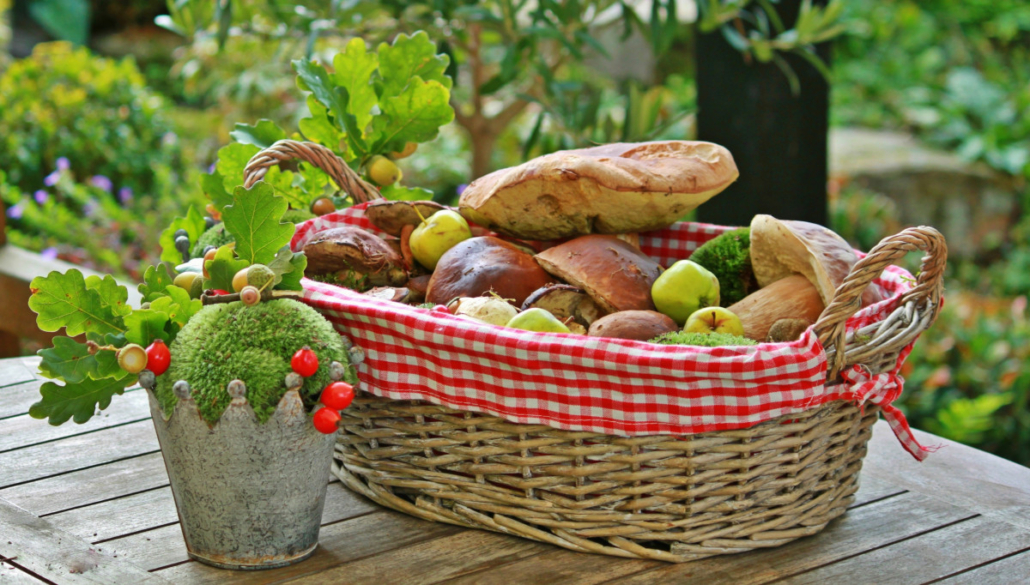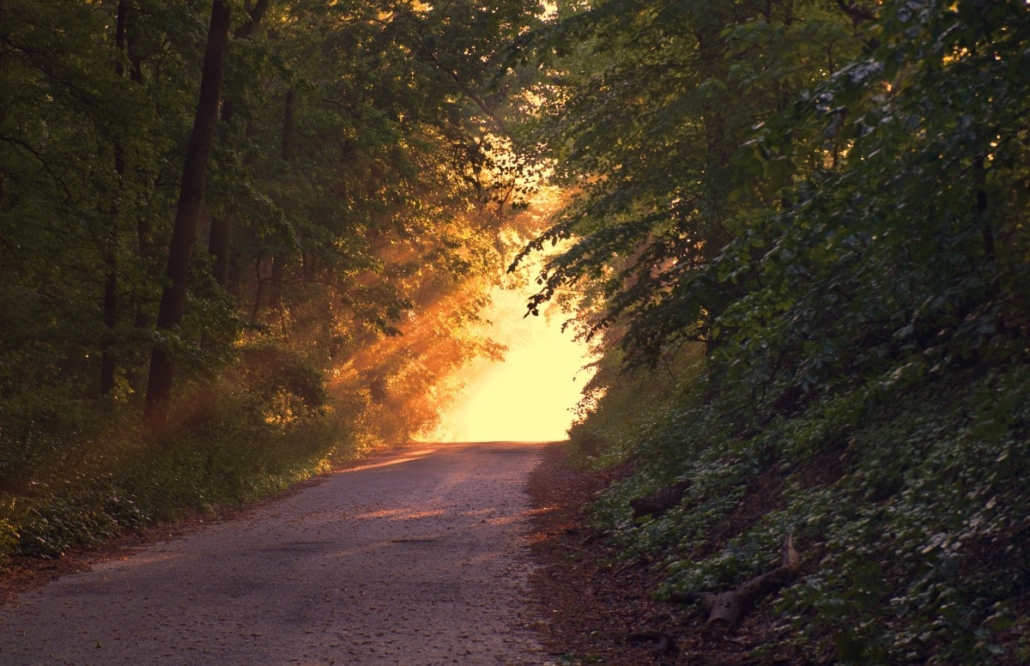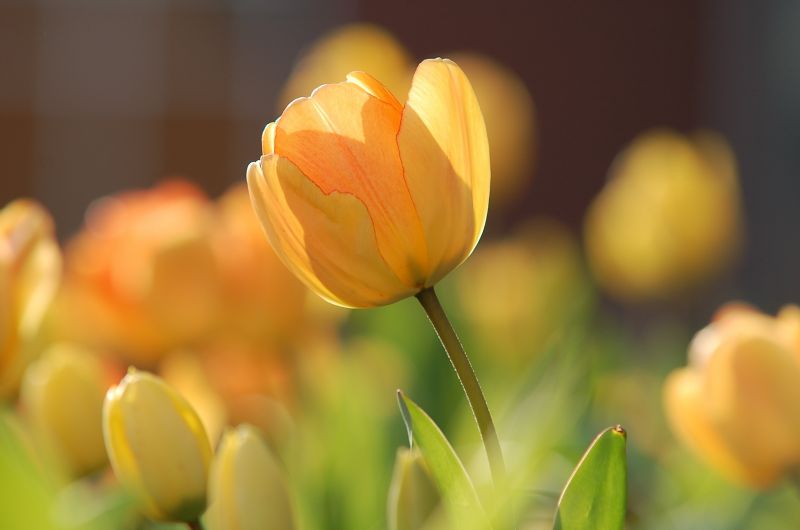
Giving Thanks for What Has Come to Fruition… and for the Roadblocks, Too
As the November New Moon settles in, the world around us shifts into a season of gratitude. For many high-powered, high-achieving women (yes, including those of us who’ve navigated the legal world or other relentless professions), this time of year can stir up more than simple thankfulness. It can highlight the gap between what we hoped to accomplish and what actually unfolded. It can illuminate the places where we feel behind, blocked, or off track.
So, here’s a gentle reminder…that every step counts. Every humble reflection counts. Every season—bountiful or barren—has already been shaping you.
And this month, gratitude becomes both a practice and a perspective shift.
Before the mind jumps to the “not yet,” take a breath and acknowledge what has bloomed in 2025 so far.
It may not be the full harvest you envisioned back in January—and that’s okay. The seeds you planted have been taking root in ways you may not see yet. Think of the conversations that led to clarity. Value the unexpected opportunities that nudged you in a new direction. Relish the quiet realizations that shifted your priorities.
Gratitude is not only for the big wins. It’s also for:
- The small but courageous decisions you made.
- The boundaries you’ve boldly begun honoring.
- The moments of rest you allowed yourself.
- The creative flickers that whispered “try this” and you did.
If you’re reading this, you’ve already survived every challenge thrown your way this year—and you’ve done so with far more grace than you probably give yourself credit for. Give thanks for that.
The November New Moon invites us to see that fruition is not limited to outcomes.
Sometimes it’s found in inner alignment, strengthened resilience, regained presence, or a more compassionate relationship with yourself.
Gratitude for the Roadblocks (Yes, Really)
Gratitude becomes even more powerful—transformational, really—when we extend it to the things that slowed us down. Roadblocks. Detours. Delays. They’re not always pleasant, but they aren’t signs of failure, either.
Often, they’re signs of protection, integration, or redirection.
Maybe that opportunity didn’t pan out because you needed more information—or because it wasn’t aligned with what’s best for you.
Maybe the delay forced you to reassess your energy levels, your priorities, or your support system.
Maybe the obstacle that felt like a setback is what preserved your sanity, your health, or your sense of professional integrity.
When you practice gratitude for the roadblocks, you reclaim your power. Instead of viewing yourself as “stuck,” you begin to see yourself as someone being repositioned for something better aligned.
This month, consider whispering:
“I trust that what didn’t move wasn’t meant to—yet.”
The New Moon’s Invitation: Gentle Encouragement for the Weeks Ahead
This November New Moon offers an opportunity to:
1. Slow down to get clear.
Instead of sprinting toward year’s end, let this be a moment to re-center. What matters most now? What feels meaningful to nurture, continue, or gently set aside?
2. Choose one thing to be grateful for every morning.
Not in a performative gratitude way, but in a grounding way. Let it be real, simple, and true.
3. Acknowledge the lessons in the challenges.
Don’t force a silver lining. Instead, look for even one small insight. Often, the lesson is: “This path didn’t light me up,” or “I matter, too.”
4. Allow yourself to pivot without guilt.
Grant yourself permission to adjust expectations—for the rest of the year and for yourself. You are not behind. You are right on time.
5. Let your nervous system lead.
If something feels tight, rushed, heavy, or draining, pause. Breathe. Consider whether the task itself needs attention—or whether you need attention.
6. Celebrate the near-wins, the tiny victories, the almost-there moments.
These matter more than you think. They’re indicators of momentum, not failure.
For Your Consideration:
For many, November can feel like a reckoning—a tallying of what we “should have” accomplished. Choose something different.
Choose to honor:
- the progress you’ve made
- the clearing you’ve done
- the truth you’ve spoken
- the resilience you’ve built
- the compassion you’ve shown yourself and others
As the nights lengthen and the year winds down, let gratitude soften the edges.
Let it widen your perspective.
Let it remind you that you are, in fact, exactly where you need to be—not because everything is perfect, but because you are present, awake, and evolving.
Okay, your turn:
What are some ways you have gently, steadily, and with a sense of permission, chosen to honor both your progress and your pace?
I invite you to share your observations, feelings, and experiences by leaving a Reply in the Comments section, below. Soul-to-soul!
© 2025 Lori A. Noonan. All Rights Reserved.











